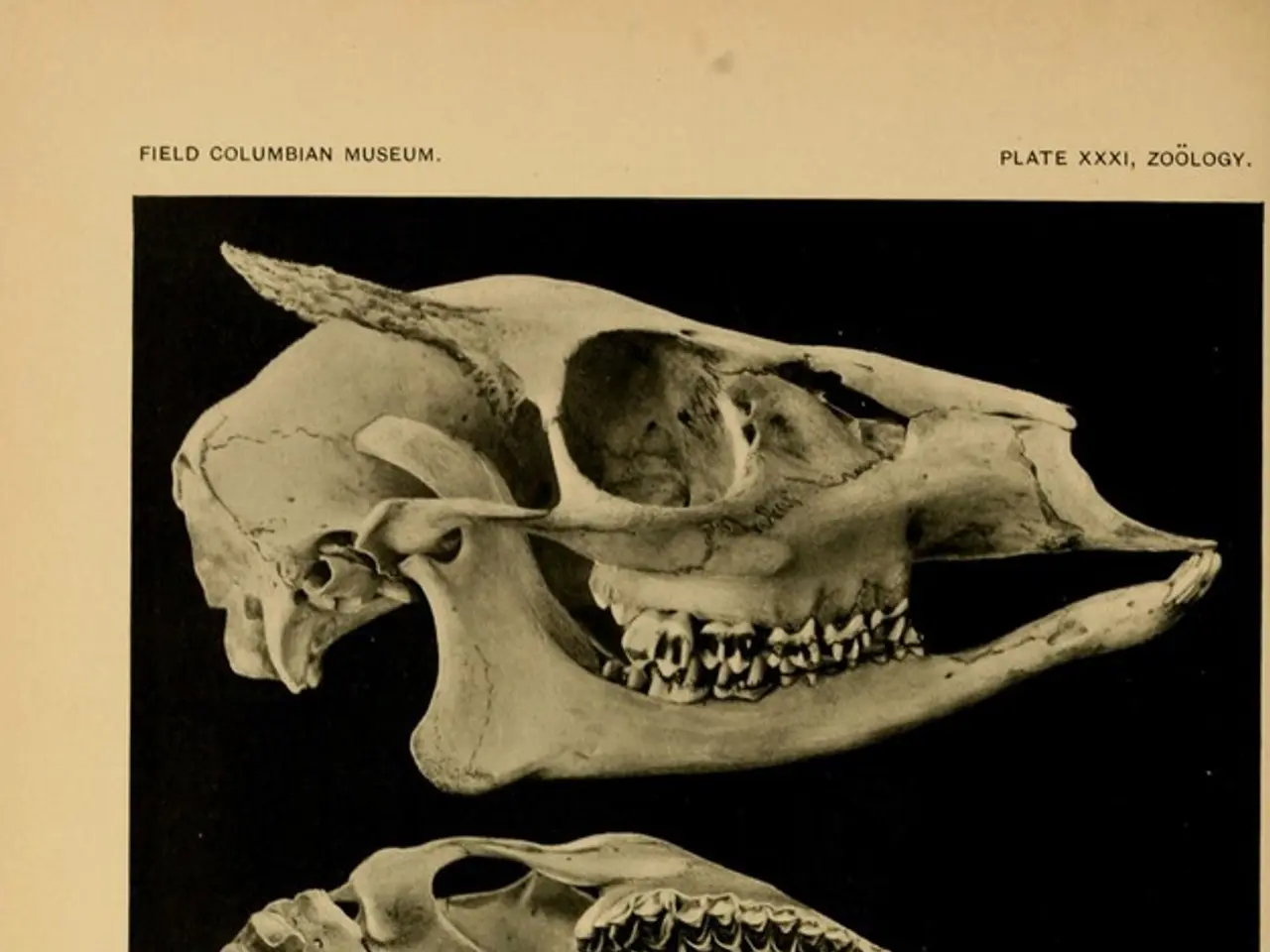Vesuvius Victim's 'Glass Brain' Offers Unique Insight into 79 AD Eruption
A recent study has shed new light on the devastating eruption of Mount Vesuvius in 79 AD. Researchers have discovered glass-like fragments of brain tissue in a victim found at the Collegium Augustalium building, likely the caretaker of the structure. This is the first time such a phenomenon has been observed in a Vesuvius victim.
The victim was subjected to extreme heat, with temperatures in the room reaching a scorching 968 degrees Fahrenheit. This intense heat caused the brain tissue to undergo a process called vitrification, turning it into shiny black 'glass'. This process has never been observed in other Vesuvius victims, making this discovery unique.
The analysis confirmed the glassy material was indeed brain tissue, identifying proteins from different areas of the human brain. It is believed that a rapid drop in temperature following the extreme heat caused this unusual preservation. The caretaker's unfortunate fate was shared by hundreds of others, as the eruption baked them to death.
The discovery of glass-like brain tissue in a Vesuvius victim provides valuable insights into the devastating impact of the eruption. This unique preservation offers a glimpse into the past, helping us understand the catastrophic event that befell the ancient cities of Herculaneum and Pompeii. Further study may reveal more about the eruption's effects on human biology.
Read also:
- Abu Dhabi initiative for comprehensive genetic screening, aiming to diagnose over 800 conditions and enhance the health of future generations in the UAE.
- Elderly shingles: Recognizing symptoms, potential problems, and available treatments
- Exploring the Reasons, Purposes, and Enigmas of Hiccups: Delving into Their Origins, Roles, and Unsolved Aspects
- Various forms of cataracts include nuclear, pediatric, traumatic, and additional types







